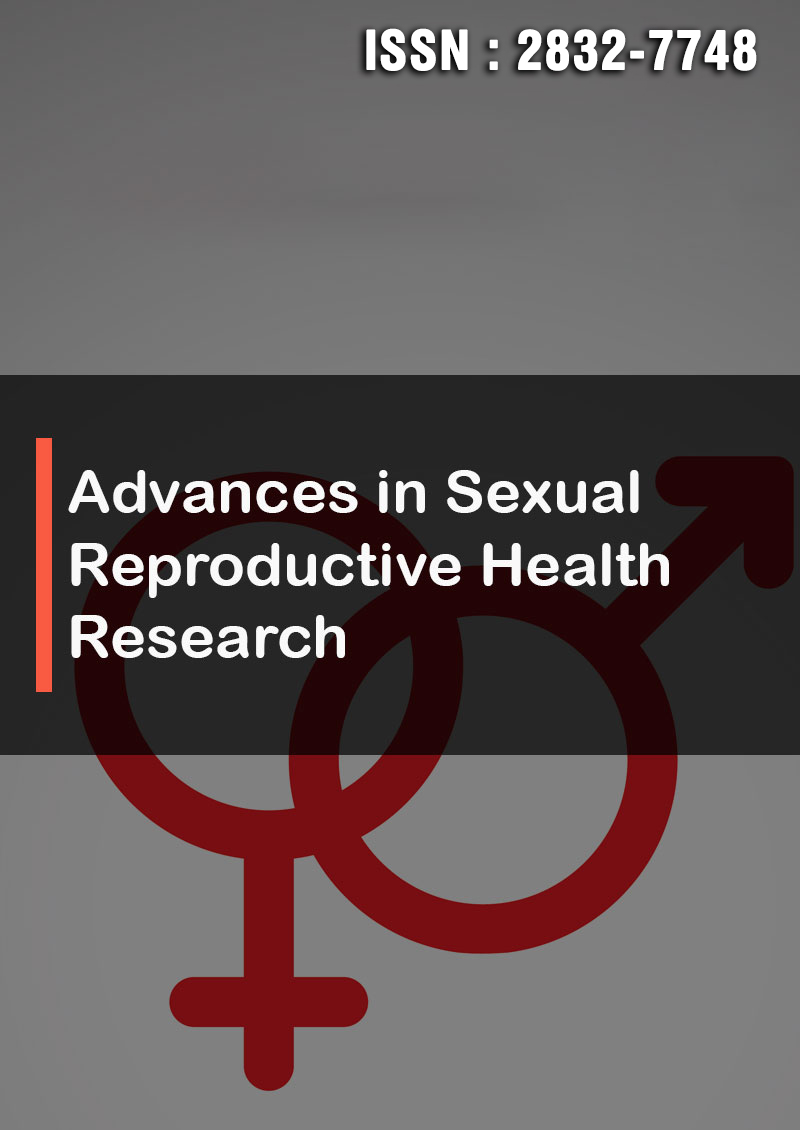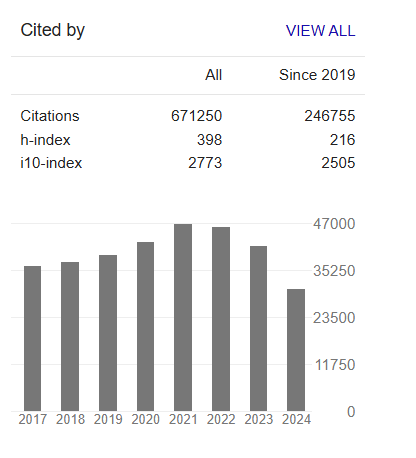Random Intercept Multilevel Modeling of Determinants of Unintended Pregnancies in Sub-Saharan Africa
Abstract
Paul Kwame Adjorlolo, Vincent Valentine Akorli, Samuel Adjorlolo, Jones Opoku Peprah, and Stephen Kantam
Background: Unintended pregnancies continue to be a significant public health concern in Sub-Saharan Africa, with adverse consequences for both maternal and child health. It has adverse effects on mental health, antenatal care, postnatal care, curative care, breastfeeding, child immunization, and infant mortality. Women with no or low income often face significant challenges in taking responsibility for an unintended child. This study aims to explore the determinants of unintended pregnancies in the region using a random intercept multilevel modeling approach to account for community based hierarchical structure of the data.
Methods: This study used secondary data from 29 sub-Saharan African countries, with a sample size of 50,539 pregnant women or women with at least one child. The data was extracted from the most recent Demographic and Health Survey conducted from 2006 to 2020 in SSA countries. A random intercept multilevel logistic regression model was fitted to the data to assess the association between the independent variables and unintended pregnancy, and the odds ratios (OR) with their 95% confidence intervals (CI) were duly reported.
Results: Nearly 24.0% of pregnancies were unplanned or unintended. In the random intercept multilevel model, women aged 21 years and above, specifically those in the age groups of 20-30 (Adj. OR= 0.674; 95% CI =0.6-0.76), 30-40 (Adj. OR=0.496; 95% CI =0.43-0.56), and 41 years and above (Adj. OR=0.273; 95% CI= 0.23-0.33), as well as women who adhere to traditional methods of contraceptive use (Adj. OR = 0.892; 95% CI = 0.81-0.98), women who are undecided about having children (Adj. OR = 0.854; 95% CI = 0.74-0.99), and women who no longer desire children (Adj. OR = 0.89; 95% CI = 0.83-0.95), have lower odds of unintended pregnancy. Additionally, women whose husbands make contraceptive decisions (Adj. OR = 0.806; 95% CI = 0.73-0.9), those who made joint decisions (Adj. OR = 0.948; 95% CI = 0.89-1.01), and those with decisions made by others such doctors on health grounds (Adj. OR = 0.634; 95% CI = 0.44-0.91) and women with higher education (Adj OR.=0.861; 95% CI= 0.74-1.01) also have lower odds of unintended pregnancy. On the other hand, women with primary education (Adj. OR = 1.245; 95% CI = 1.15-1.35), women with secondary education (Adj. OR = 1.354; 95% CI = 1.24-1.48), and women in households with more than two children, specifically 2-3 (Adj. OR =2.354; 95% CI =2.2-2.52), 4-6 (Adj. OR =2.532; 95% CI =2.17-2.96), and more than 6 children (Adj. OR =2.873; 95% CI =1.89-4.37), have higher odds of unintended pregnancies.
Conclusion: To address the unintended pregnancy in the SSA region, it is crucial to focus on teenagers or adolescents at the community level through regional and national family planning and maternal well-being policies and interventions. There is also a need to enhance reproductive health education and provide comprehensive education on modern contraceptive methods in secondary and tertiary education levels, specifically targeting young women.




